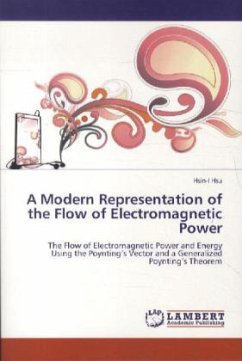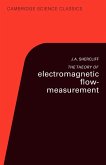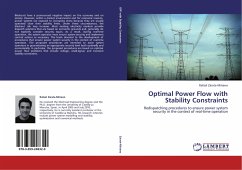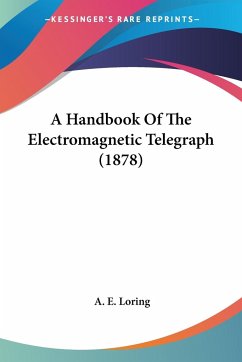A comprehensive and rigorous description of instantaneous balance of electromagnetic power defined as the derivative of energy with respect to time is offered by the Poynting s theorem. Such theorem is expressed as the sum of a series of volume integrals representing the volume densities of densities of different components of electromagnetic power and the power flow through the general surface surrounding the entire domain in which the Poynting s vector expresses the instantaneous power leaving the domain (the positive normal is the outward normal to the enclosing surface). For the moving points (rotors) involved in electromechanical energy conversion, the surface of integration is driven together with them and and remain substantially constant. Then the balance of energy (and power) can be written at each infinitesimal time interval for the electromagnetic energy in which case the elementary mechanical work is produced by mechanical forces of electromagnetic origin. The thermalenergy accounts for the Joule (and hysteresis) losses in the system. A treatment of the flow of electromagnetic energy is given for a complete of illustrative relationship in time and frequency domain.
Bitte wählen Sie Ihr Anliegen aus.
Rechnungen
Retourenschein anfordern
Bestellstatus
Storno








